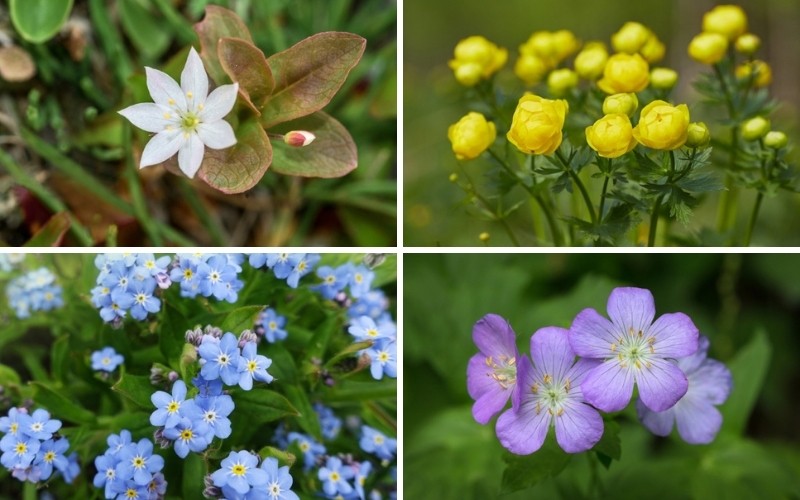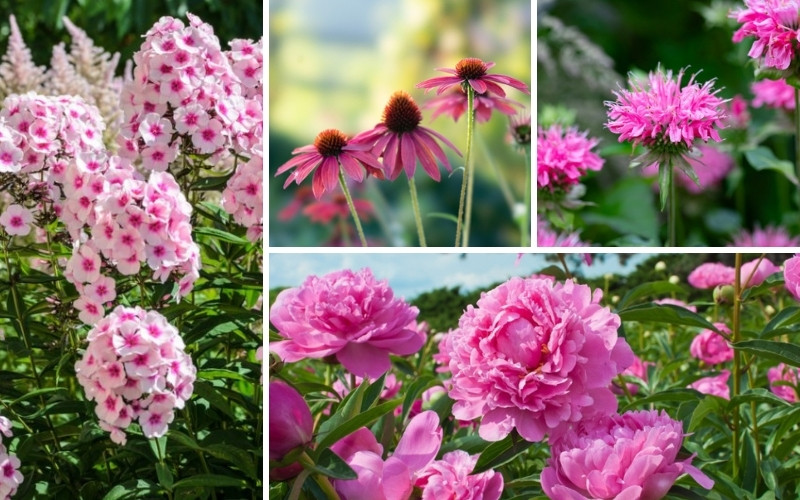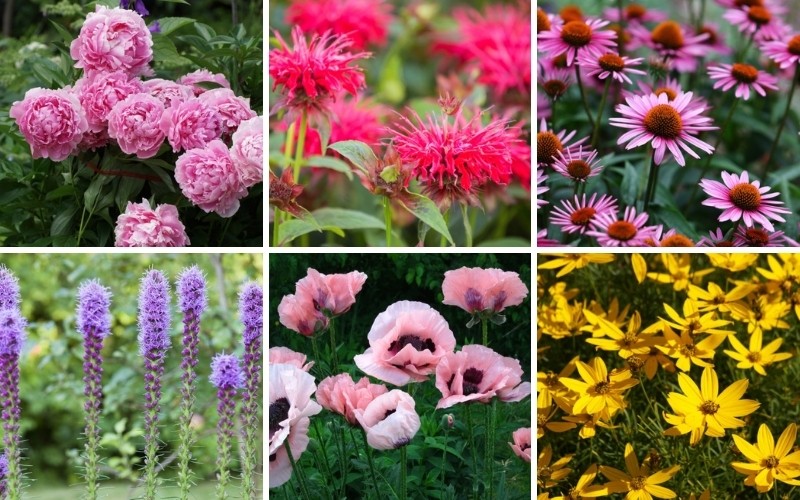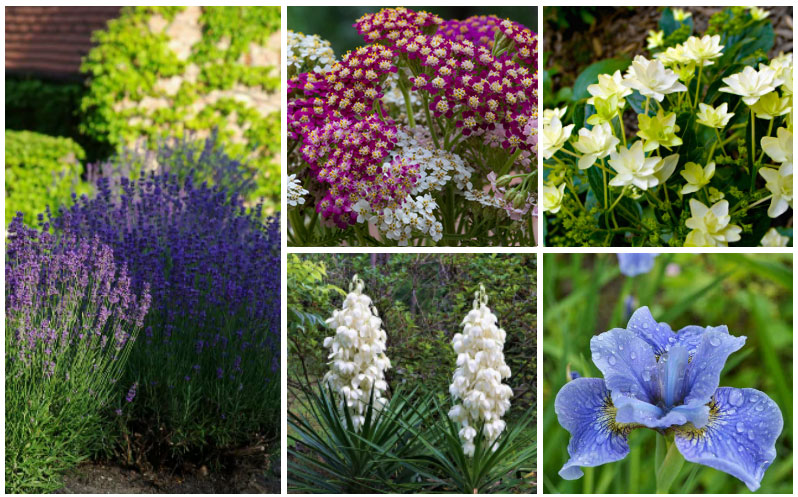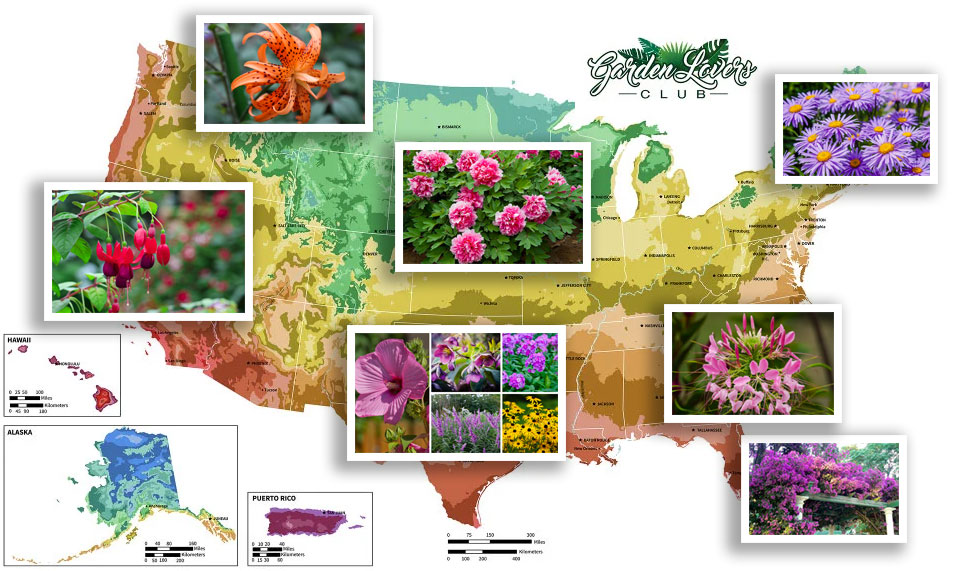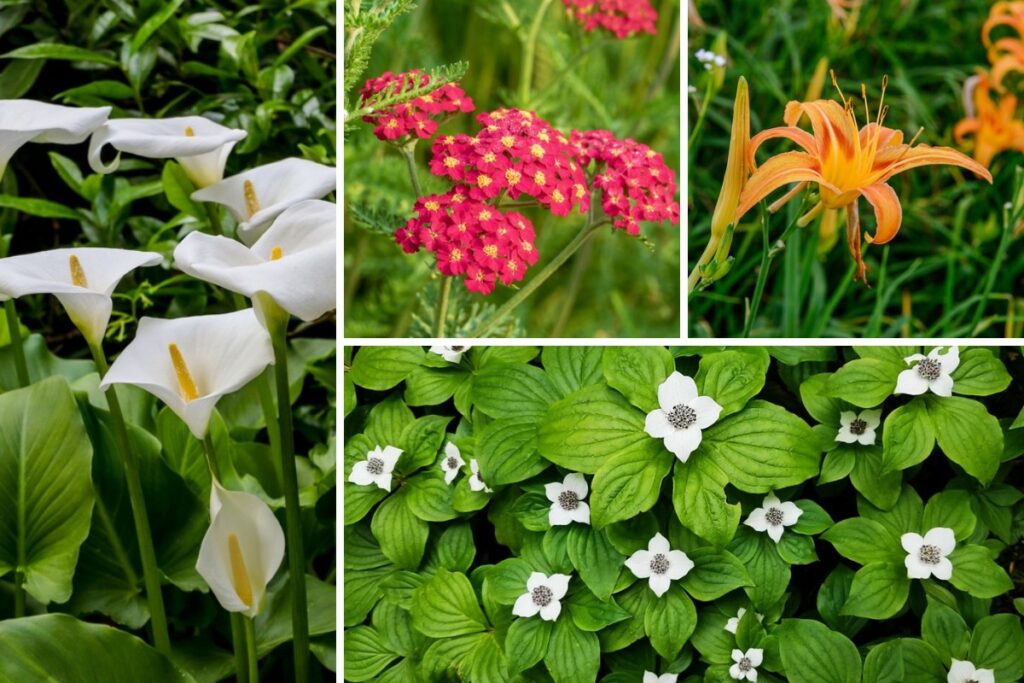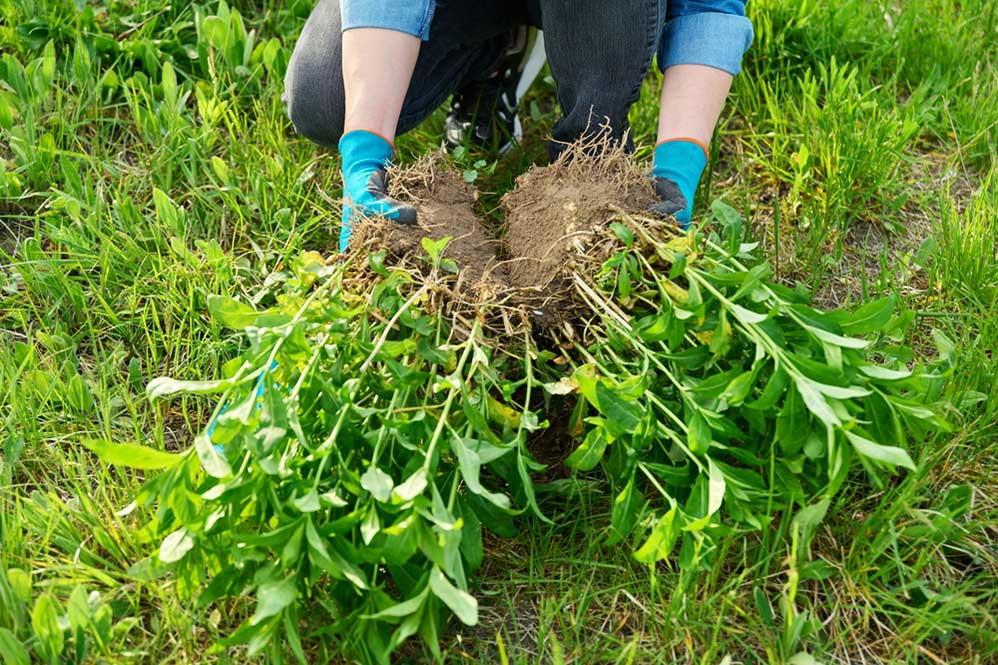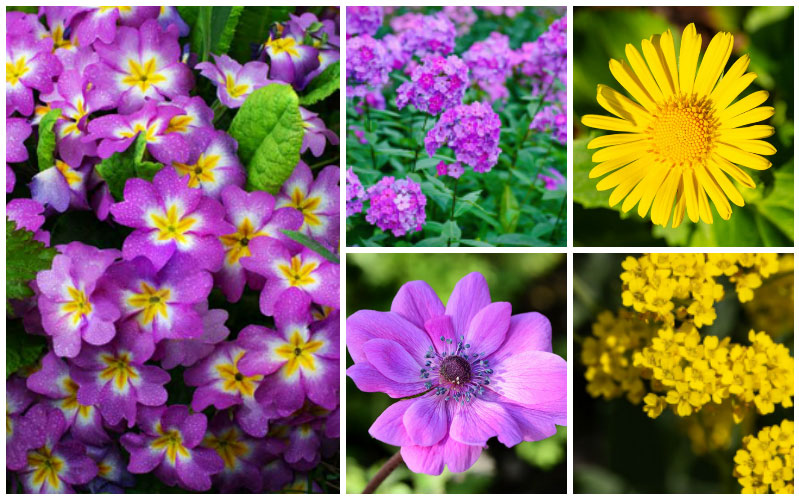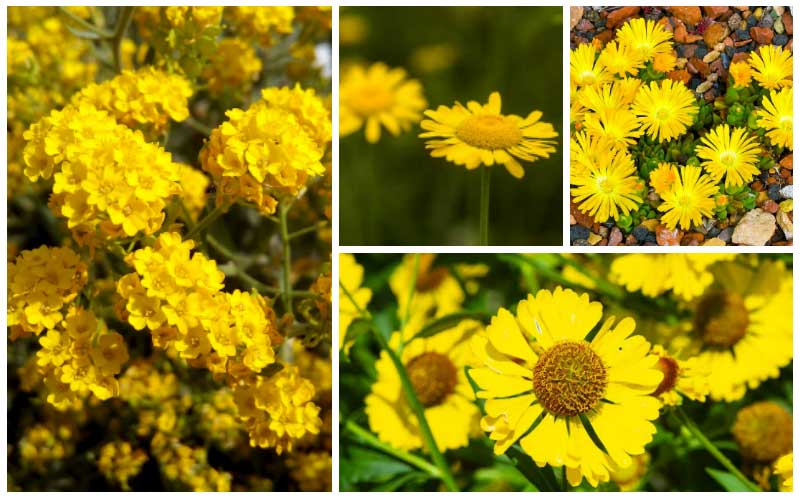As the season slowly transitions from spring to summer, it’ll be delightful to have colorful and vibrant flowers growing in your garden. With that in mind, planting perennial flowers in May is an excellent idea.

Aside from their attractive appearance, most perennials are low-maintenance and easy to plant. Flowers grown in May will get enough rainfall and sun, thus allowing them to grow lush and healthy.
If you’re running out of ideas about what to plant, we listed 10 perennial flowers to plant in May, their characteristics. Apart from this, you’ll learn some care tips that’ll help your flowers bloom well throughout the season.
1. Ashy Sunflower
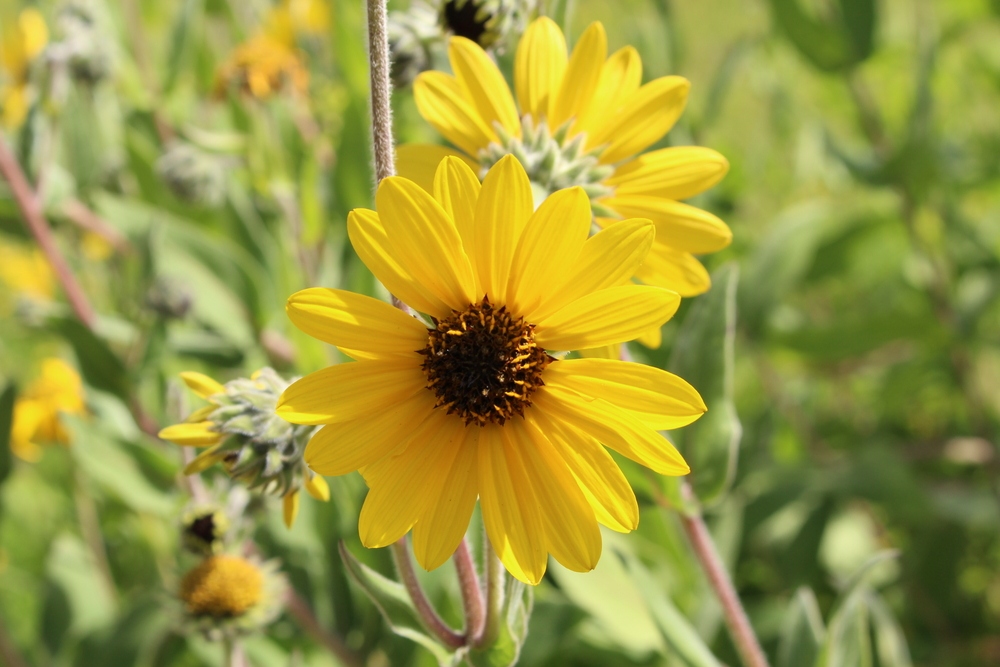
Are you looking for long-blooming and low-maintenance sunflowers? The perennial-type, ashy sunflowers are a good alternative to massive annual sunflowers.
When it comes to appearance, ashy sunflowers have large, bright yellow flowerheads with numerous petals. On the other hand, these sunflowers are considered useful for soil restoration and have medicinal properties that help with fever.
To care for ashy sunflowers, water them twice a week and plant them in well-draining soil with irrigation. They need up to eight hours of full sunlight per day too.
2. Achillea or Common Yarrow
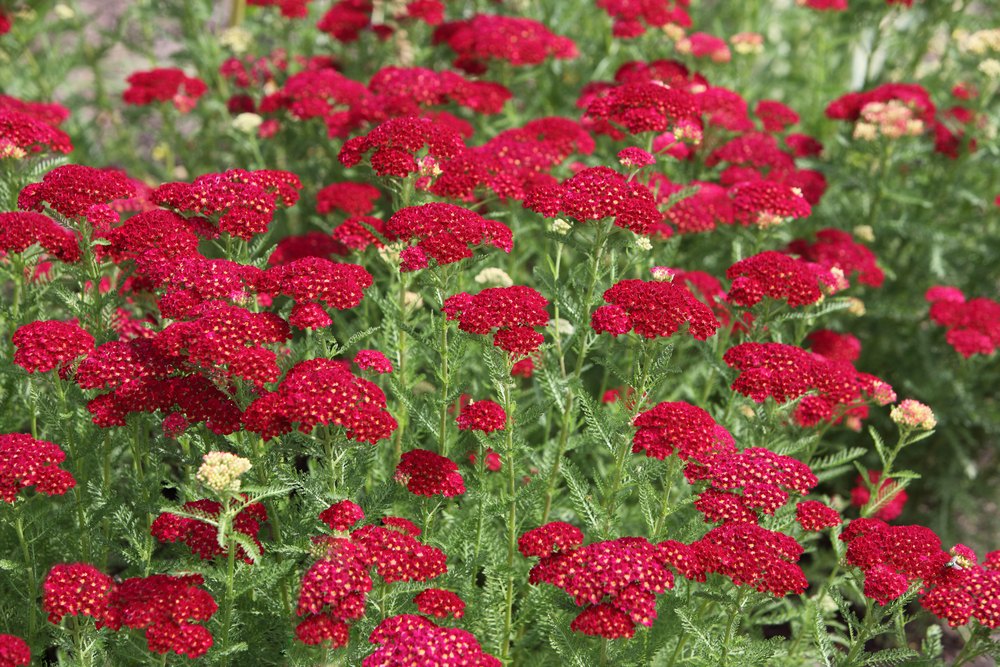
Achilleas are a type of wildflower with a distinct spicy smell—which is why they’re also called holdman’s pepper. These flowers bloom from May until June, thriving best in zones three to nine.
In terms of appearance, achilleas are known for their small, white flowerhead in clusters. At the same time, they’re available in colors like pink and yellow, and these flowers can grow up to three feet tall.
Additionally, achilleas are drought-resistant and thrive best in dry environments with full sunlight. Moreover, avoid fertilizing them to prevent overgrowth.
3. Iris

These brightly-colored flowers are available in striking hues that range from apricot, blue, and yellow to purple and black. Their distinct bright colors make them an eye candy for pollinators.
Irises bloom from May to June, and have a unique structure. Their outer petals hang while their inner petals (also known as standards) are upright.
They’re sun-loving and need up to six hours of sunlight daily. It’s best to avoid overwatering, too, as it’ll result in rhizome rotting.
4. Poppy

If you want to plant flowers that can instantly brighten your mood by looking at them, look no further. Poppies are popular for their graceful hues that vary from red to purple.
These flowers have four to six cup-like, wrinkled petals that are often overlapping. They sometimes look like tiny and fluffy upside-drown dresses.
Poppy flowers bloom between April and June. These flowers can grow up to four feet in height and spread for up to two feet. At the same time, perennial poppies are hardy between zones two to nine.
Regarding plant care, poppies are best grown in moist, well-draining, and fertile soil. Consequently, they need up to six hours of sun exposure daily and must be watered twice to thrice a week.
5. Large-Flowered Tickseed
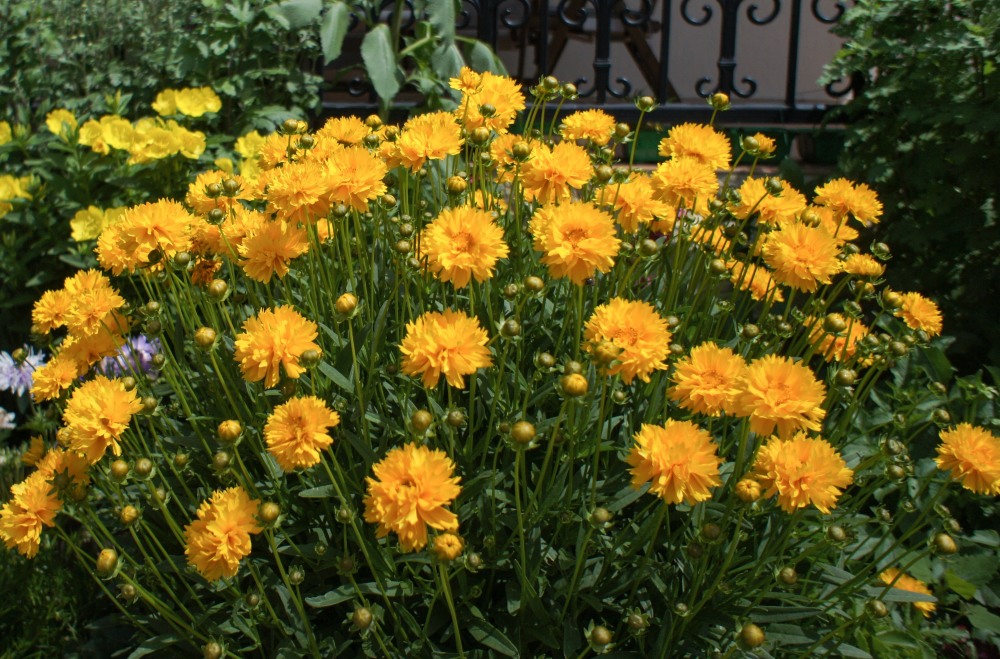
Large–flowered tickseed is a type of wildflower with bright, yellow petals. Their petals have sharp, irregular edges. Some variants have distinct red patterns at the middle portion of their petals.
These flowers bloom from June to September, growing up to three feet in height and spread. Most tickseed varieties thrive best in hardiness zones four to ten too.
To care for your tickseed plant, it’s best to bury them up to two inches deep in slightly moist soil with a neutral to acidic (5.5 to 6.5) pH level.
6. Lavender
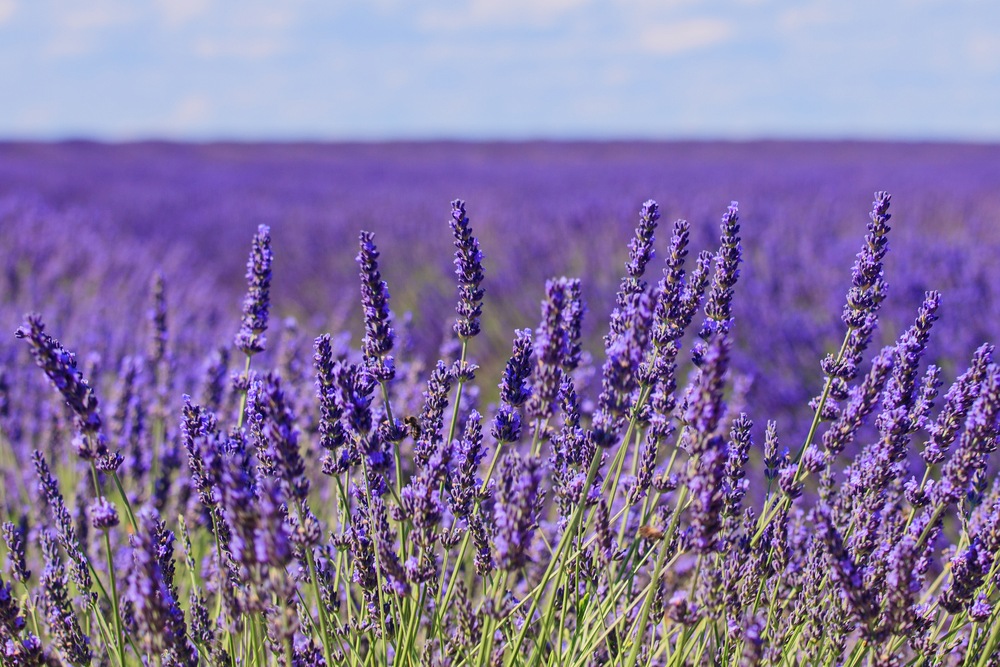
We can’t leave out the delicate lavender on our list. This fragrant plant is well-loved for its ethereal scent that’s widely incorporated in essential oils and perfume.
Lavenders are a type of shrub that can grow up to three feet long. They start to bloom around May or June, with most varieties flourishing in zones five to ten.
For their appearance, lavenders have long shoots that tiny, white to purplish-blue blossoms attach to. However, it isn’t easy to grow lavenders from seeds, so it’s better to plant starters that you can buy from nurseries.
To take care of your lavender, plant them where they can get full sunlight and water them twice a week.
7. Peonies
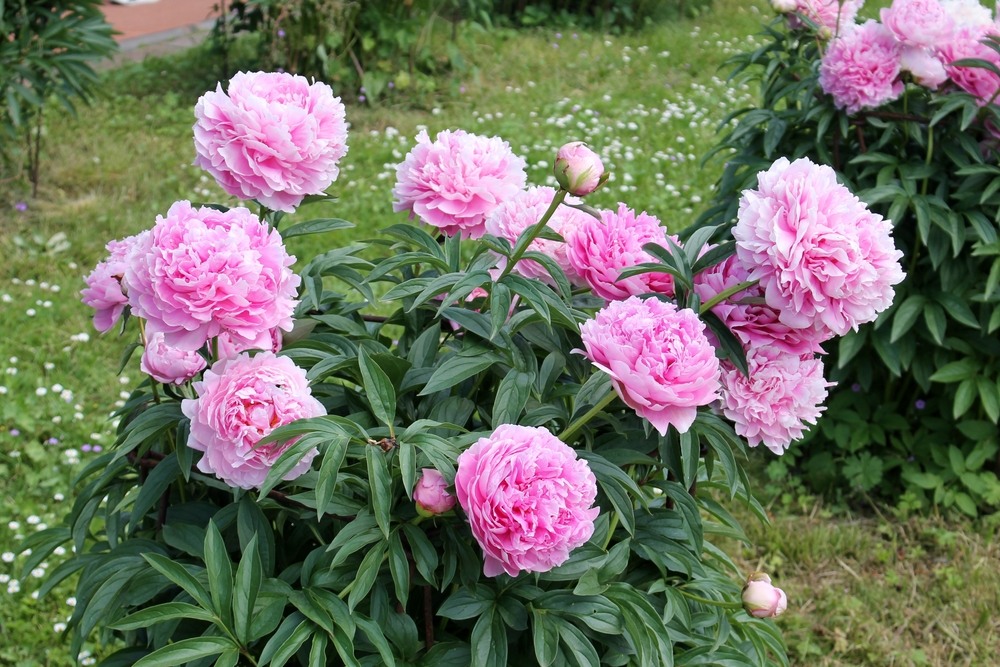
Peonies are beautiful flowers that are sweetly scented. They have lush, large flowers with ruffled petals, and their colors vary from white to light pink and red.
These flowers start to display their elegant flowers from May to late June. They can grow up to three feet in height, and thrive best at hardiness zones three to seven.
Peonies need up to eight hours of sunlight exposure daily for optimal growth. Furthermore, avoid planting too deep (not more than 1.9 inches). A well-draining loamy soil is substantial for these plants as well.
8. Hardy Geraniums
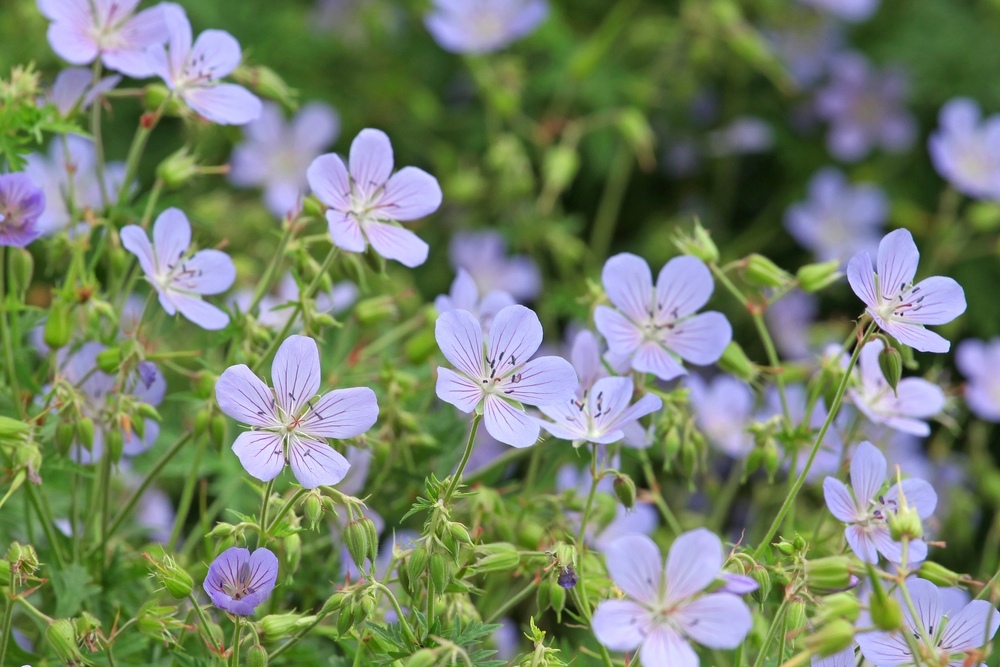
Hardy geraniums are delicate perennials in different shades, like pink and bright purple. They’re known for their almost symmetrical appearance, with some having heart-shaped petals. They thrive best at hardiness zones four to nine and start blooming in June.
Depending on the type, geraniums can grow for up to four feet in length. Concurrently, they have a good spread and look beautiful as groundcovers.
When caring for geraniums, only water them once the soil completely dries. It’s also essential to practice regular deadheading to promote flowering.
9. Dicentra
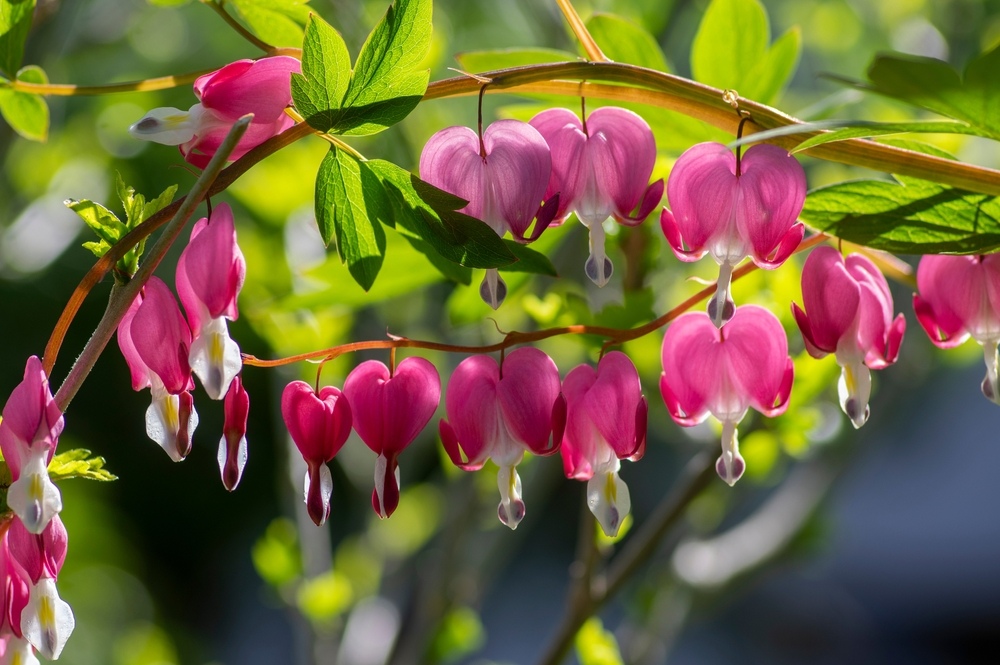
The dicentra plant is also known as the bleeding heart plant. This name is inspired by its heart-shaped flowers that droop from their stems. Their colors vary from light pink to red.
Dicentras are herbaceous plants that bloom from mid-spring to summer and thrive in zones three to nine.
Some dicentra variants are shade-loving, like the native and dwarf variants. Meanwhile, newer variants like the Fire Island require sun exposure for growth.
Mostly, dicentras require a soil pH of 6 to 6.5. At the same time, adding mulch or compost to the soil will help promote healthy growth.
10. Purple Coneflowers
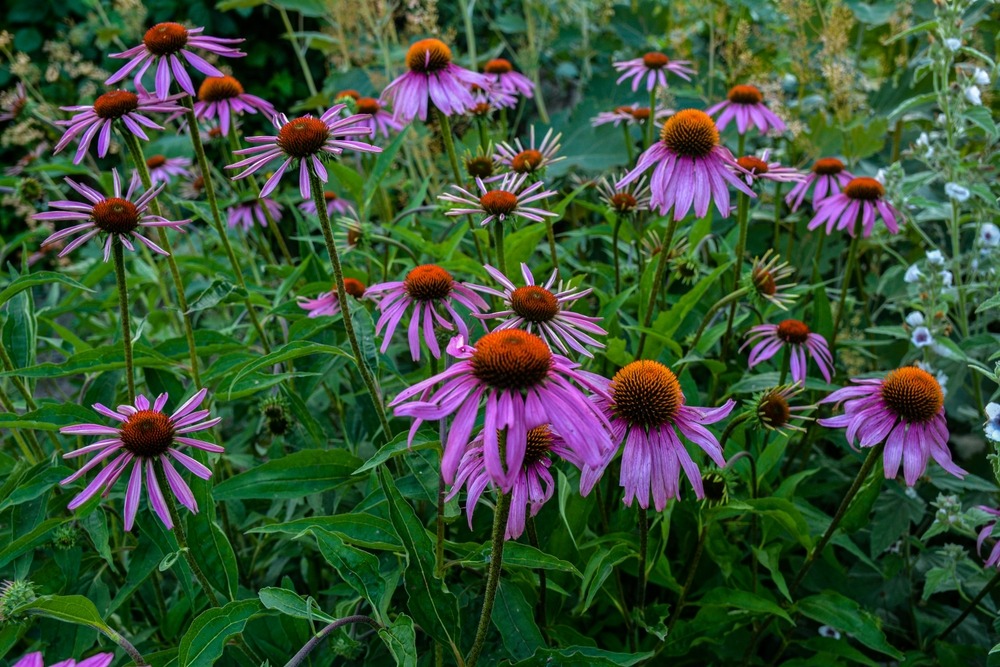
Despite their sad-looking, droopy petals, coneflowers are notable for their bright colors. I particularly prefer the purple variant because purple flowers hold a significant meaning—they symbolize wealth, success, and harmony.
These plants bloom from June to August and can grow up to 3 feet tall. They thrive best in hardiness zones three to nine.
Lastly, coneflowers require little attention and don’t need deep watering since they’re drought-tolerant. They need at least six hours of sunlight every day for better growth too.
Conclusion
Perennial flowers are beautiful plants that are easy to care for, not to mention that they stay dormant during the winter and will flourish again by spring.
Our selection for the 10 perennial flowers to plant in June includes ashy sunflower, achillea, iris, poppy, lavender, and peonies. These sun-loving plants require minimum care, so they’re worth keeping for busy people.





